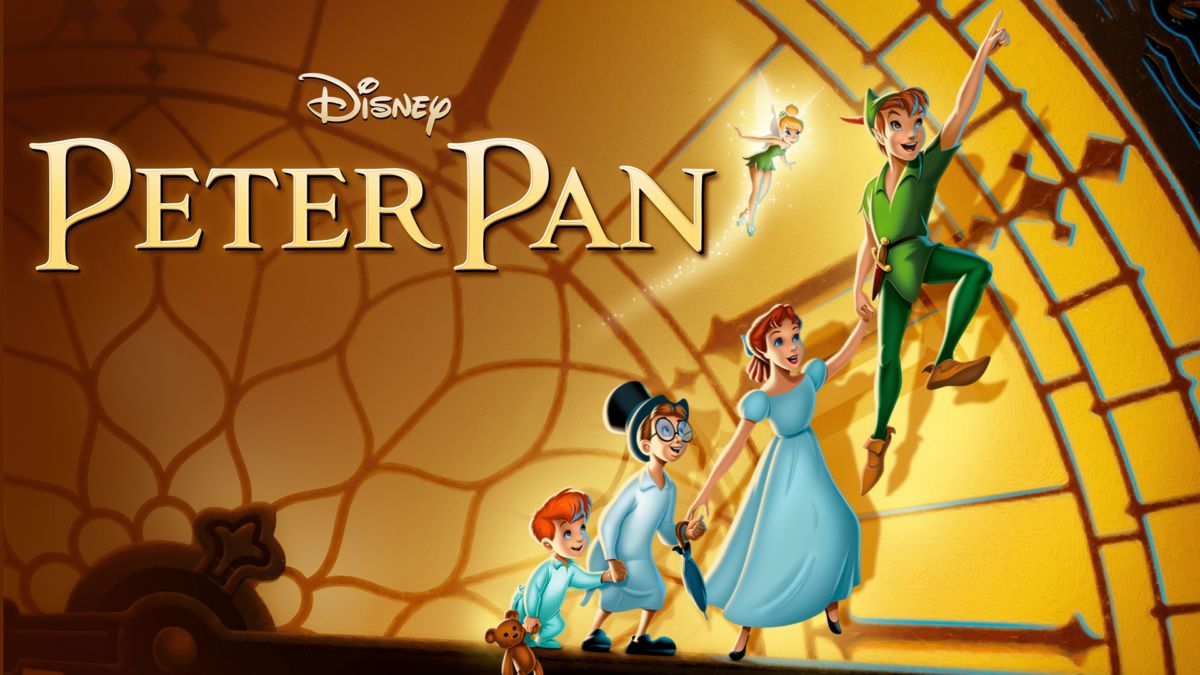Unlocking the Magic of Peter Pan: A Parent’s Guide to Sharing the Classic Tale
Hello imaginative parents! Are you eager to introduce your little ones to a story filled with adventure, timeless characters, and the magic of never growing up? Look no further! Peter Pan, J.M. Barrie’s beloved classic, has captivated the hearts of children and adults alike for over a century. In this comprehensive guide, we’ll explore the fantastical world of Neverland, meet its unforgettable characters, and provide you with tips to make the experience of sharing this tale with your children not just memorable, but also educational and fun!
Why Read Peter Pan with Your Children?
Reading together is more than just a bedtime ritual; it’s a journey into the wonders of the imagination. Peter Pan is an exceptional story that encourages children to dream, be brave, and understand the importance of love and family. Here’s why bringing this classic into your storytelling time is a fabulous idea:
- Fuels Imagination: Peter Pan’s adventures in the whimsical Neverland ignite creativity and curiosity in young readers.
- Teaches Life Lessons: The tale presents themes of friendship, courage, and the bittersweet nature of growing up.
- Cultivates Reading Interest: The allure of pirates, fairies, and flying can be a perfect hook for reluctant readers.
- Encourages Interaction: The story prompts discussions about dreams, right and wrong, and the value of play.
- Timeless Appeal: The classic nature of the story means it’s one that parents and kids can both appreciate.
Meet the Characters of Neverland
As you embark on this exciting reading adventure, you’ll meet a cast of characters that have become icons in children’s literature:
- Peter Pan – The boy who wouldn’t grow up, Peter is a symbol of eternal childhood and freedom.
- Wendy Darling – Wendy begins her journey craving adventure but learns the value of home and family.
- Captain Hook – The notorious pirate with a fear of crocodiles provides a thrilling villain for Peter and his friends.
- Tinker Bell – Peter’s fairy companion is fiercely loyal, if a tad hot-tempered.
- The Lost Boys – A group of boys who, like Peter, wish to never grow up, they look to Peter and Wendy as parental figures.
Introducing these characters to your children not only creates a fun reading experience but also opens the door to discussing character traits, motivations, and personal growth.
How to Make Reading Peter Pan an Interactive Experience
Don’t just read the story—live it! Here are several ways to make the tale of Peter Pan a more interactive experience:
- Use Voice Modulation: When reading aloud, use different voices for each character to bring the story to life. This makes the reading experience more engaging and helps children differentiate between characters.
- Stop and Ask Questions: Pause at various points to ask your children what they think might happen next. This encourages critical thinking and anticipation.
- Create a Themed Reading Nook: Set up a corner in your home with a little teepee, some fairy lights, and Peter Pan-inspired decorations to create an immersive environment.
- Have a Dress-Up Day: Encourage your children to dress up as their favorite characters while you read. This makes the story more tangible and exciting.
- Engage in Arts and Crafts: After reading, work together on crafts related to the story, like making a pirate hat or drawing scenes from Neverland.
By combining the power of storytelling with these interactive elements, reading Peter Pan will be an adventure your family cherishes in the heart forever.
Stay tuned for more! In our next section, we’ll dive deeper into the chapters of Peter Pan, examining its themes and the wonderful lessons it teaches. This timeless tale is more than just a fantastical journey – it’s a bridge to understanding the complexities of childhood and the transition to maturity.
As we turn each page of Peter Pan, we discover a little more about the Neverland in all of us, and by sharing this journey with our children, we help them learn about the wonders and challenges of growing up. So grab your favourite snuggly blanket, gather your little ones, and get ready to fly into the night sky – second star to the right and straight on till morning!

Five Things Parents Should Know in Preparing for Peter Pan
Before embarking on the enchanting adventure to Neverland with your children, there are a few things to consider to ensure this literary journey is both smooth and magical:
- Understanding the Historical Context: Peter Pan was written in the early 1900s, a time with different social norms and attitudes. Be prepared to discuss historical context and how societal views have evolved since then.
- Addressing Complex Themes: While the tale is whimsical, it does touch on more mature themes such as abandonment, danger, and the concept of mortality. Consider the age-appropriateness and how you will address these topics with your kids.
- Preparing for Questions: Children are naturally curious and might have questions about everything from the mechanics of flying to the nature of Peter Pan’s existence. Be ready to engage in meaningful conversations and entertain their imaginative inquiries.
- Animal Characters and Personification: The story features animals that act like humans, which can be both fun and confusing to young readers. Explain the use of personification and how it adds charm to the story.
- Accessing Supplementary Materials: To enhance the experience, familiarize yourself with additional Peter Pan-related content, such as the original play, adaptations, or sequels. This will allow you to expand on the story and provide more context where needed.
As a parent, you are the guiding star in your child’s reading journey. With careful preparation and an open heart, you’ll be set to introduce the wonders of Neverland to your children, creating memories that will echo through your family’s own story for a lifetime. Embrace the flight into the world of imagination, held aloft by the belief in fairies, the thrill of adventure, and the unending joy of childhood.
Exploring the Timeless Themes of Peter Pan
Peter Pan isn’t only a story about adventures in a distant land; it’s rich with themes that resonate deeply with readers of all ages. Let’s explore some of the lessons that you and your child can uncover together:
- The Joy of Childhood: The tale celebrates the innocence and playfulness of being young, inviting readers to remember the joys of their early years.
- The Inevitability of Growing Up: As much as Peter defies the aging process, the other characters face the realities of maturation, offering a tender reflection on the passage of time.
- The Nature of Bravery: Characters in the story exhibit courage in various ways, from Wendy’s maternal strength to Peter’s daring confrontations, providing different perspectives on what it means to be brave.
- Belief in the Unseen: The power of belief is a recurring motif in the story—whether it’s believing in fairies or in the impossible—reminding us of the wonders that can unfold when we have faith.
- Family and Friendship: Throughout their adventures, the characters form a unique family unit, underscoring the importance of bonds created by love and loyalty.
In sharing Peter Pan with your children, you’re not only digesting a story—you’re passing on a tapestry of themes that reflect the human experience. Through this shared reading, you’ll find endless opportunities for discussion, reflection, and bonding. Revel in these conversations and see where they lead you and your young ones as you discover the broader meanings within Neverland’s shores.
Now that we’ve laid the groundwork for your journey with Peter Pan, the stage is set for a delightful read-through with your kids. Remember, this experience isn’t just about reading a book; it’s about fostering a lifelong love of literature, sparking imaginative play, and nurturing valuable life lessons that will grow along with your children. Enjoy every whimsical moment!
For more great articles please see here. For more information see here
Disclaimer
The articles available via our website provide general information only and we strongly urge readers to exercise caution and conduct their own thorough research and fact-checking. The information presented should not be taken as absolute truth, and, to the maximum extent permitted by law, we will not be held liable for any inaccuracies or errors in the content. It is essential for individuals to independently verify and validate the information before making any decisions or taking any actions based on the articles.




